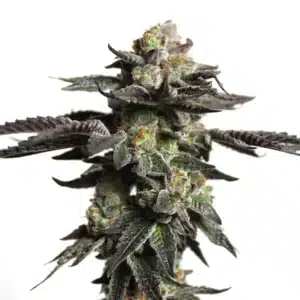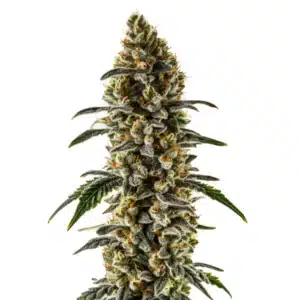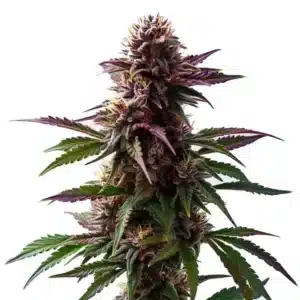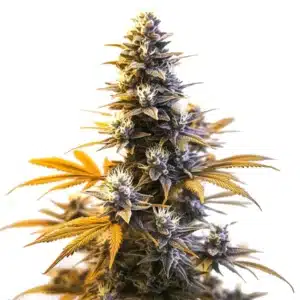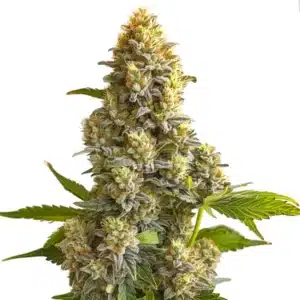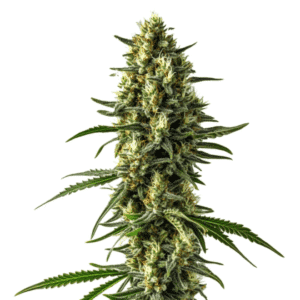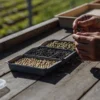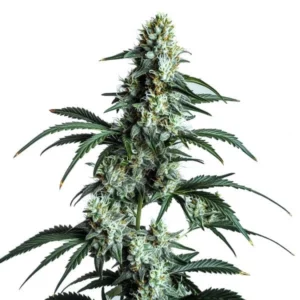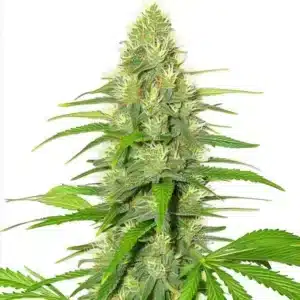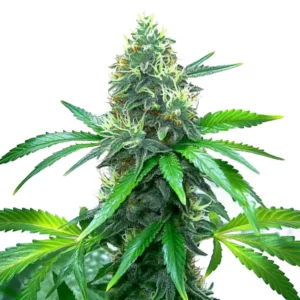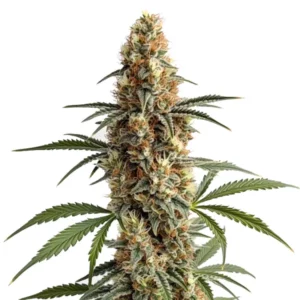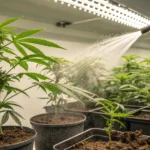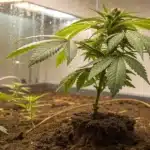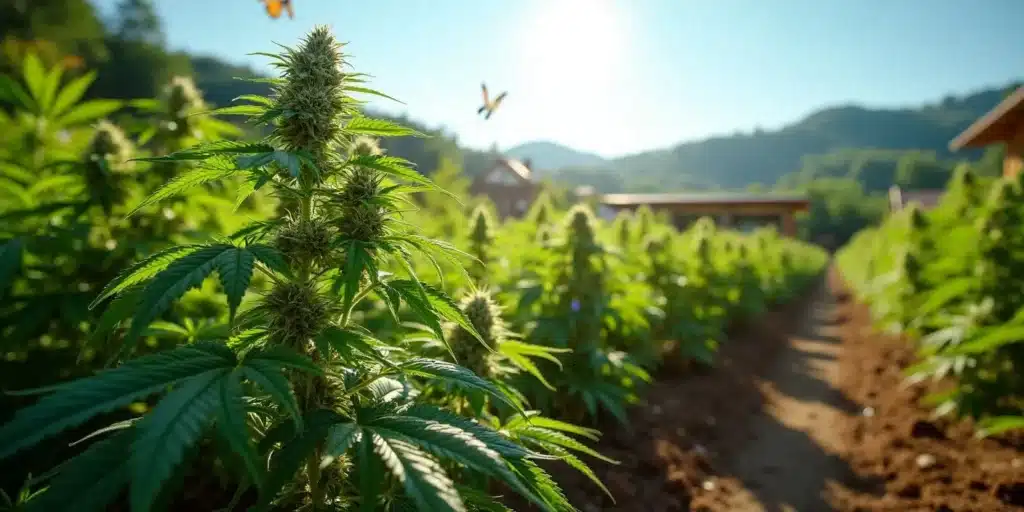
How Often to Water Marijuana Plants in Summer Outdoors
Caring for cannabis plants during the summer can be both rewarding and a little tricky for growers. One of the most crucial aspects of cultivating these plants is understanding how often to water them, especially when they are growing outdoors in the heat. During flowering, the plant’s water needs increase significantly, and the watering frequency can be three to four times higher compared to the vegetative stage. Knowing the right watering routine is vital for ensuring strong plant health and maximizing your yield.
Your Outdoor Environment
Outdoor cannabis plants encounter various environmental factors that significantly affect their watering needs. Elements like temperature, humidity, wind, and soil type all play essential roles. When the summer heat sizzles, your plants might require more frequent watering than they would in cooler or wetter conditions.
Recommended Strains
Zombie Death Fuck
|
|
THC | 23% (Medium) |
|
|
Type | Feminized |
|
|
Yield | Medium |
|
|
Phenotype | 50% Indica / 50% Sativa |
Sweet Zombie
|
|
THC | 20% - 25% (Medium) |
|
|
Type | Feminized |
|
|
Yield | High |
|
|
Phenotype | 80% Indica / 20% Sativa |
Before planting, consider your specific environment. For instance, if you live in a region that sees high temperatures and low humidity, it’s likely that you will need to adjust your watering schedule accordingly. Being aware of these factors will help you develop a successful watering strategy.
Temperature and Water Needs
As temperatures climb, so do the watering needs of your cannabis plants. A hot climate speeds up the process known as transpiration, where moisture escapes from the leaves to cool the plant. This means you may find your plants thirstier on scorching summer days.
Start monitoring the temperature regularly. If you notice consistent highs exceeding 85°F (29°C), be proactive in checking moisture levels in your plants’ soil. Adjust your watering frequency to meet their increased needs, and don’t be surprised if daily watering becomes necessary during those peak conditions.
Humidity Levels
Humidity plays a significant role in determining the watering frequency for your outdoor cannabis plants. When humidity is high, plants are able to retain moisture for longer periods. In contrast, plants will dry out more quickly in low-humidity conditions, necessitating more frequent watering.
For areas with consistently high humidity, you may find that your plants do not require watering as often. However, it’s important to remain vigilant; observe the leaves for signs of drooping or curling, which can indicate that your plants need a drink. These small cues can help you fine-tune your watering schedule.
Promos & Deals
Soil Type and Drainage
The type of soil significantly influences how often you should water your plants. For example, sandy soils drain quickly and usually necessitate more regular watering, while clay-rich soils tend to hold moisture for longer periods. Finding a balance with your soil type can create an ideal environment by ensuring both drainage and moisture retention.
Consider using a combination of soil types for the best results. A healthy mix can give your plants advantageous drainage while retaining enough moisture for consistent growth. Remember, every soil type has its unique needs, so adjusting your watering habits based on your specific soil characteristics is essential.
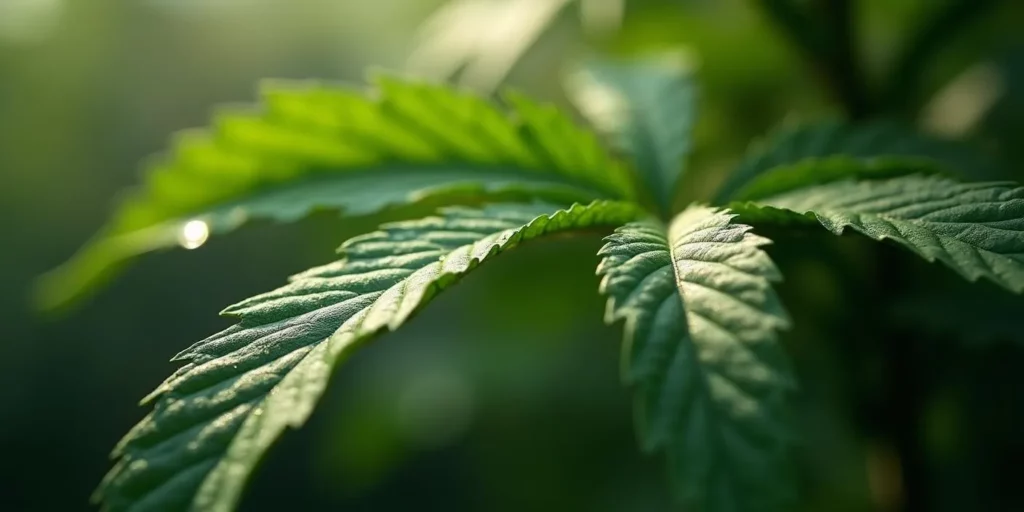
Assessing Soil Moisture
To ensure that your plants are receiving the proper hydration they need, regularly checking the moisture level of the soil is crucial. A simple method is to insert your finger about an inch deep into the soil; if it feels dry at that depth, it’s time for a good watering. If it feels moist, give it a day or two before checking again.
If you want to take the guesswork out of it, consider investing in a moisture meter. These handy devices provide precise readings that indicate the exact moisture content of your soil, helping you to maintain an optimal watering schedule that caters to your plants’ needs.
Container vs. Ground Grown Plants
The growing method, whether in containers or planted directly in the ground, can significantly affect your watering routine. Container plants generally dry out faster during hot weather due to their limited soil volume. Thus, if you choose to grow in pots, you will often need to check moisture levels more frequently.
Additionally, the size of your containers matters. Larger pots can hold more moisture, which means the frequency of watering might be less than with smaller pots. Keep this in mind as you plan your watering schedule, adjustments can lead to healthier, happier plants!
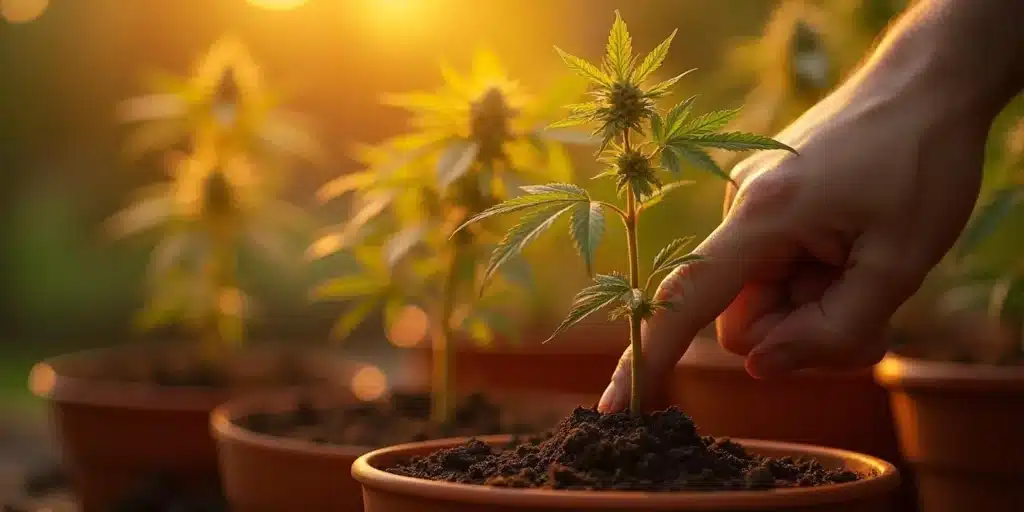
Signs of Under Watering
Recognizing the signs that your cannabis plants are not getting enough water is vital to maintaining their health. For instance, wilting leaves or a droopy appearance are clear visual indicators of dehydration. The leaves should always be green and pointing upward toward the sun, like clock hands showing 10:10 what we call the “happy hour” position.
Additionally, pay attention to color changes. If the leaves start turning brown or yellow at the tips or edges, this might suggest that your plants are lacking moisture. Healthy cannabis plants should boast vibrant green leaves, so any discoloration is a red flag that needs immediate attention.
Color Changes
Other than wilting, color changes can significantly indicate under watering. Leaves may become extra crispy or frail, which is not ideal for any plant. Young leaves often exhibit curling upwards, signaling drought stress, while older leaves could present browning edges.
Monitoring these changes will help you adjust your watering schedule effectively. Remember, a little attention can go a long way in ensuring your plants flourish. If you notice color changes, respond promptly with additional water to keep your plants thriving.
Soil Cracking
Another telltale sign of under-watering comes from observing your soil itself. If you notice cracks forming in the soil surface, this indicates dry conditions that may not support the health of your plants. Cracked soil can show that your plants need water, so it’s time to give them a drink.
After watering, keep monitoring the soil over the following days. If anything improves and the cracks close up, you can breathe a little easier knowing you’ve given your plants the attention they needed.
Signs of Over Watering
While it’s crucial to avoid under-watering, it’s just as important to avoid over-watering your cannabis plants. Over-watering can lead to root complications and other health issues that severely impact plant vitality.
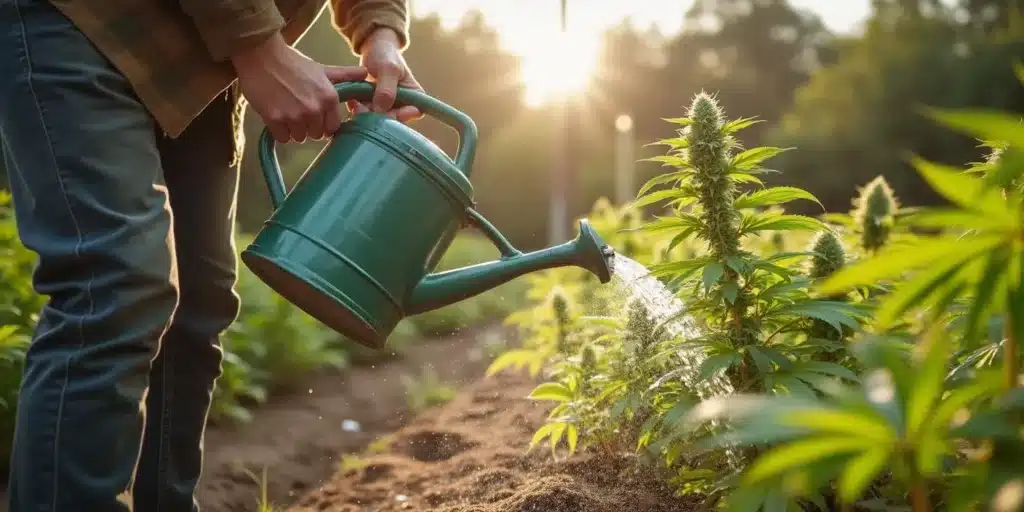
Yellow Leaves and Root Issues
A common sign of over-watering is yellowing leaves, especially those positioned lower on the plant. If these leaves appear limp or mushy, it may be time to reconsider your watering routine. Root issues can arise when the soil retains too much moisture, which prevents air from reaching the roots.
Always ensure your containers have adequate drainage holes to allow excess water to escape, and allow the soil to dry out between watering sessions to mitigate the risk of root related problems.
Wilting Despite Wet Soil
If your cannabis plants are wilting even though the soil is wet, this could indicate that they are suffering from over-watering or root-related complications. Recognizing this condition early is essential to avoid further issues that could arise.
Consider letting the soil dry out completely for a few days before checking the plants again. This pause will allow you to evaluate whether the wilting improves, and you can adjust your watering routine accordingly.
Watering Techniques
To maintain your plants’ health throughout the summer, consider implementing effective watering techniques. Your method of watering can greatly affect your plants’ hydration levels, so it’s worth focusing on this essential practice.
It’s also a good idea to consider using mulch, covering the soil with a layer that helps reduce evaporation and transpiration. This keeps moisture in the soil longer. Mulch can be made using stones, moss, or tree bark. With mulch, you won’t need to water as frequently, and the plant will handle the time between waterings much better.
Water Deeply and Less Frequently
One effective strategy is to water deeply but less frequently. This method encourages the roots to reach down into the soil, allowing them to search for water. A deep root system not only helps the plant survive dry spells but also promotes overall strength.
When watering deeply, aim for water to penetrate the soil to a depth of at least 12 inches. Modify the quantity based on your container size and the age of your plants to ensure they receive adequate hydration.
Time of Day for Watering
Timing your watering is as vital as the amount you give. The best times to water your cannabis plants are early in the morning or later in the evening, avoiding the hottest parts of the day. This timing allows the plants to absorb the moisture without rapid evaporation.
Taking special care during watering can also help to prevent issues such as fungal diseases, which can thrive if the leaves stay wet overnight. Creating a consistent watering routine will lead to a stable environment conducive to plant growth.
Recommended Strains for Summer Growth
Certain cannabis strains are particularly well-suited for summer outdoor growing conditions. Here are three recommended strains that tend to thrive in warm and sunny climates:
- Sour Diesel – Known for its robust nature and ability to flourish in a variety of environments, Sour Diesel offers a distinctive flavor profile with uplifting effects.
- White Widow – This well-known strain is recognized for its sturdy growth and resilience in handling fluctuating temperatures, making it an excellent option for outdoor cultivation.
- Blue Dream – A favorite among many growers, Blue Dream provides an adaptive growing experience and is reputed for producing generous yields.
FAQs
How can I tell if my plants need water?
Check the soil moisture by sticking your finger about an inch into the soil. If it feels dry, it’s time to water. Additionally, look for signs like drooping or discoloration of leaves, which are indicators that your plants might need some hydration.
Can I water my plants too much?
Yes, over-watering can lead to root problems and negatively affect plant health. Ensure that your pots have good drainage and wait for the soil to dry before watering again for optimal growth.
Is it necessary to change my watering routine based on rainfall?
Absolutely! If you experience significant rainfall, you may not need to water for several days. Always monitor the moisture level of the soil after rain and adjust your watering schedule as needed.
What should I do if my plants are wilting?
Start by checking the soil moisture. If it’s dry, give your plants some water. However, if the soil is wet, it may indicate root issues. Adjust your watering routine accordingly for the best results.


